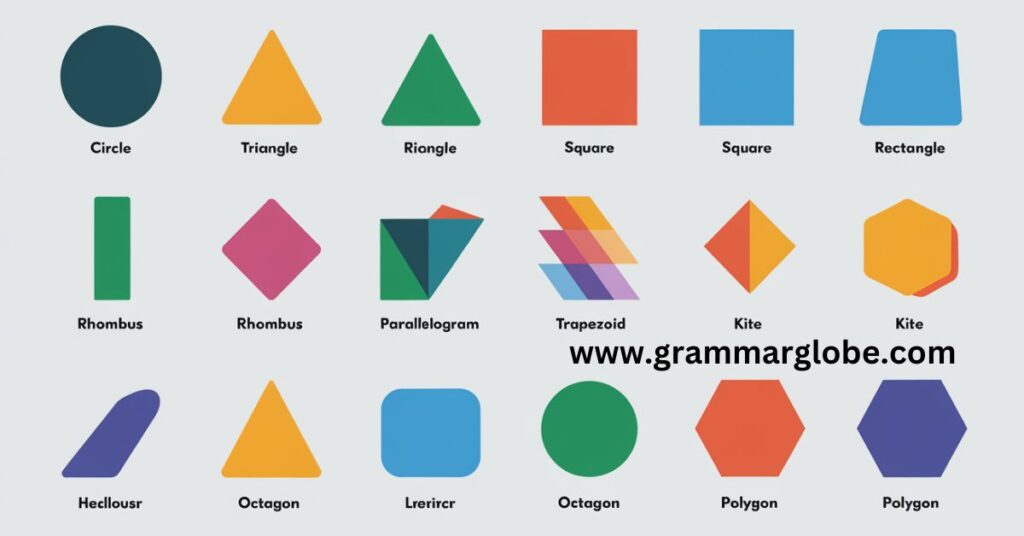A list of all types of shapes refers to a comprehensive collection of geometric forms, categorized into two-dimensional (2D) and three-dimensional (3D) structures. Shapes are the building blocks of our visual world, defined by their distinct boundaries, angles, curves, and surfaces. From simple figures like circles and squares to intricate patterns like hexagons and pyramids, these list of all types of shapes provide the foundation for art, design, architecture, and countless natural and artificial creations.
Shapes are not just abstract concepts; they tell stories, evoke emotions, and bring order to our surroundings. Think of the harmony in a circular dinner plate or the stability of a rectangular bookcase. Whether it’s the elegance of a triangle or the perfection of a sphere, each shape adds its own charm to our daily lives, sparking creativity and functionality across disciplines.
This list of all types of shapes will guide you through the essentials of shape recognition with vivid descriptions and real-world examples. By exploring the characteristics of various shapes, you’ll gain a deeper understanding of their applications in design, education, and everyday living. Whether you’re an educator, designer, or curious learner, this guide promises to enhance your appreciation for the geometry that surrounds us.
Types of Shapes: An Overview
Shapes can generally be classified into two categories: two-dimensional shapes (2D) and three-dimensional shapes (3D). Each of these shapes has unique characteristics and plays a crucial role in various fields like geometry, design, engineering, and art. 2D shapes exist only on a flat plane, whereas 3D shapes have depth, in addition to length and width. Below, we dive into each type, offering a deeper understanding of their properties and practical uses.
See Also:Best Military Team Names: Squad, Platoon & Combat Call Signs
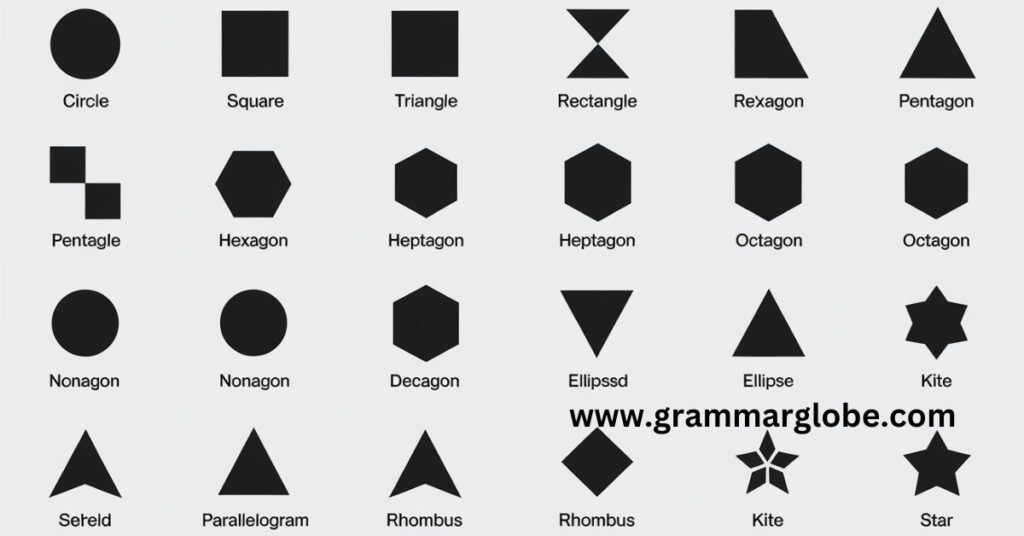
Two-Dimensional Shapes
Two-dimensional shapes are flat, having only length and width. They are commonly seen in drawings, diagrams, and even in the physical world in objects like tiles, flags, and artworks. These shapes have no depth, which makes them easier to visualize and identify.
Circle
A circle is a round, closed shape where every point on the perimeter is equidistant from the center. Unlike many other shapes, it doesn’t have any straight edges or sharp angles, making it a curved shape. Circles are perfect in symmetry and often represent concepts like unity or infinity in various cultural contexts.
- Real-World Example: Coins and wheels are prime examples of circles. The sun and moon, too, are often depicted as circular shapes.
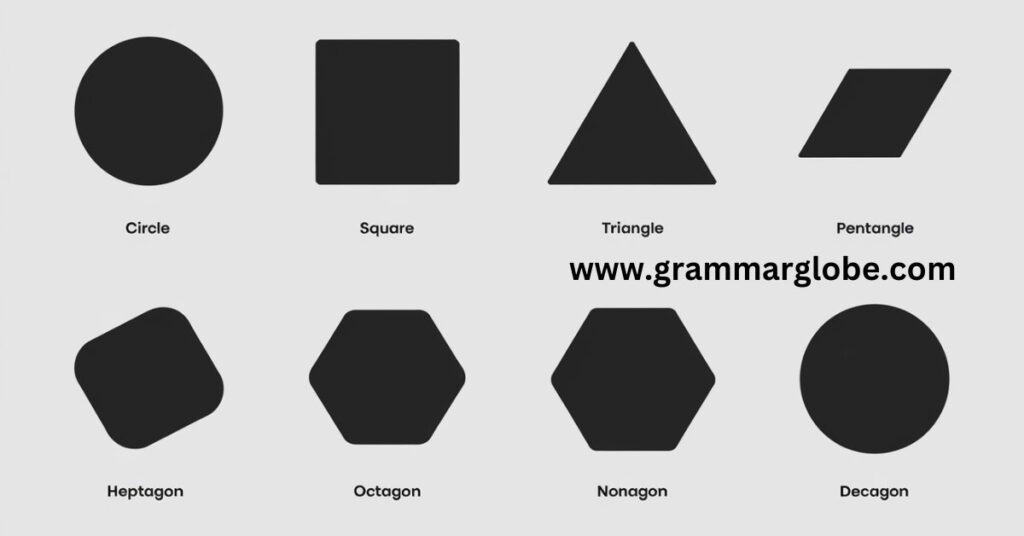
Square
A square is a shape with four equal sides and four right angles (90 degrees). It’s one of the most symmetrical and easily identifiable shapes in both geometry and real-world applications. Squares are used in both mathematics and in practical settings, especially where equal sides and angles are important for balance and stability.
- Real-World Example: Items like tiles, chessboards, and picture frames all make use of the square shape. Building blocks often come in square shapes to stack neatly.
See Also: 240+ Bold Leadership Names To Inspire Teamwork
Rectangle
A rectangle is similar to a square but with two opposite sides of different lengths. This shape still maintains four right angles, making it a very versatile form in design and architecture. The rectangular shape can be easily found in many functional designs.
- Real-World Example: Books, smartphone screens, and windows are all examples of rectangles. They are commonly used in architecture to optimize space and create clean lines.
Triangle
A triangle is a polygon with three sides and three angles. Triangles can come in various forms, such as equilateral, isosceles, or scalene, depending on the lengths of the sides and the angles between them. Triangles are well-known for their structural integrity, often used in architecture for stability.
- Real-World Example: Road signs and sails are often triangular. Pyramids, such as the famous Great Pyramid of Giza, are triangular in nature.
Pentagon
A pentagon has five sides and five angles. The regular pentagon has equal sides and angles, making it a popular choice in design and symbolism. Although not as commonly seen in daily life, it holds significance in various contexts.
- Real-World Example: The United States Department of Defense building, known as the Pentagon, is shaped like this. Star patterns and some military insignia also feature pentagonal shapes.
Hexagon
A hexagon has six equal sides and angles. It is one of the most efficient shapes in nature and design, particularly when tessellated (arranged in a way that fills space without gaps).
- Real-World Example: Honeycombs are perhaps the best-known hexagonal shape. Tiles, nuts, and bolts often use this pattern to optimize space and materials.
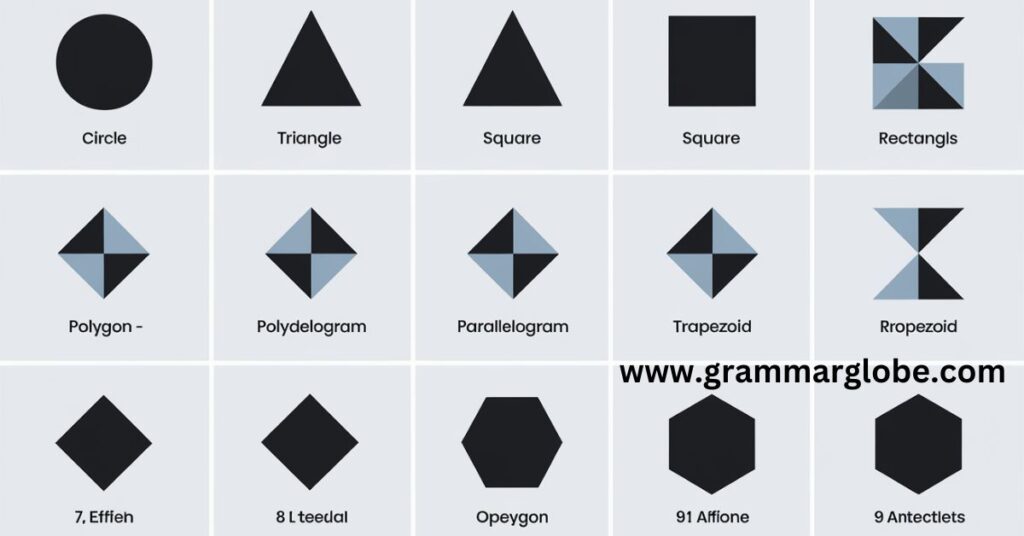
Three-Dimensional Shapes
In contrast to 2D shapes, three-dimensional shapes (3D) have depth, along with length and width. These shapes are essential in various fields, including engineering, art, and architecture, as they represent real-world objects.

Sphere
A sphere is a perfectly round 3D shape where every point on the surface is equidistant from the center. Spheres are the most symmetrical of all 3D shapes and are commonly seen in everyday life.
- Real-World Example: Basketballs, planets, and globes are all examples of spheres. The moon and sun are spherical in shape as well.
Cylinder
A cylinder has two circular faces and a curved surface that connects them. It’s a very common shape used in practical applications, particularly in containers and structures.
- Real-World Example: Cans, pipes, and candles are typically cylindrical. Storage containers also often take this form due to its practicality in stacking and organizing items.
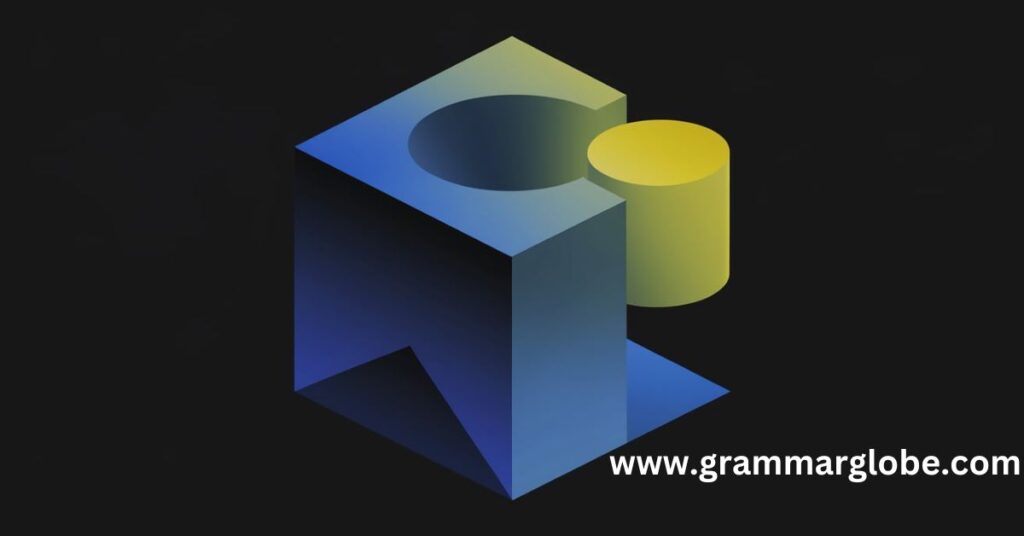
Cube
A cube is a 3D shape with six square faces, all equal in size. It’s one of the most familiar and structurally sound shapes, used extensively in design and architecture.
- Real-World Example: Dice, ice cubes, and storage boxes are typically cube-shaped. In mathematics, cubes help illustrate volume and spatial relationships.
Pyramid
A pyramid has a polygonal base (often square) and triangular faces that converge at a point called the apex. The pyramid is often associated with ancient architecture, especially in Egypt.
- Real-World Example: The Great Pyramid of Giza is a famous pyramid-shaped structure. Certain gemstones and architectural models also use the pyramid shape for its stability and symbolic significance.
See Also: 510+ Creative Green Team Names for Your Green Squad
Cone
A cone has a circular base and a single curved surface that tapers to a point. It’s commonly used in everyday objects and has significant symbolic value in various contexts.
- Real-World Example: Traffic cones, party hats, and ice cream cones are familiar examples of cones. The volcanic cone is another natural example.

Shape Identification and Vocabulary
The ability to identify and describe shapes is critical in both mathematics and real-world applications. Understanding the shape vocabulary allows individuals to more effectively communicate geometric concepts, whether in a classroom, during product design, or while solving architectural problems.
- Shapes in daily life: From everyday objects like dinner plates to more specialized items such as geometrical floor tiles, shapes are all around us. The simple act of identifying shapes allows us to better understand and interact with the world.
- Shape identification techniques: In mathematics, identifying shapes helps students recognize properties such as symmetry, angles, and sides. It also helps in determining the volume, area, and other key measurements of objects.
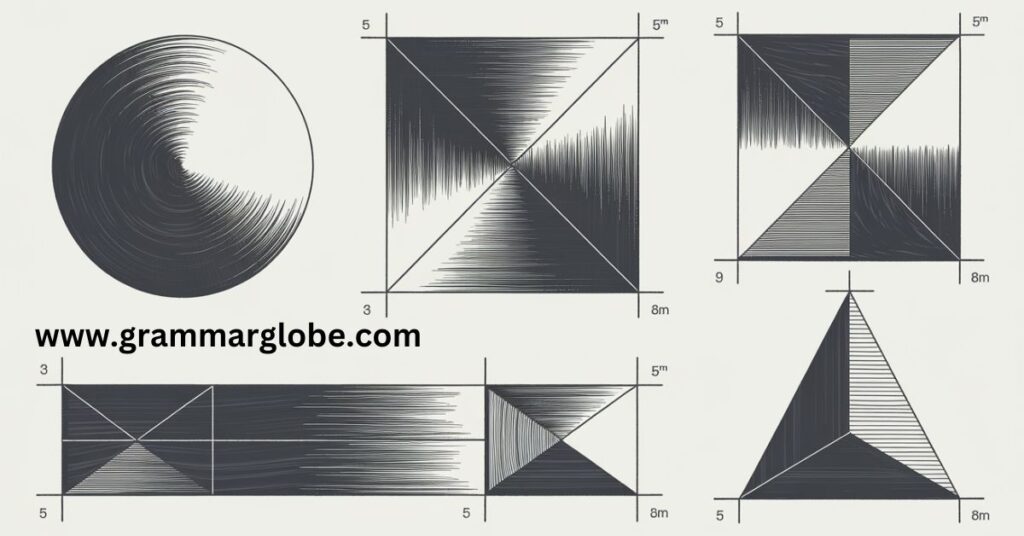
Shapes Vocabulary with Images
A shape vocabulary is more than just a list of names; it’s an essential part of mathematical learning and visual literacy. Images of shapes alongside their names make it easier to grasp their significance and characteristics. For example, teachers use a simple circle to explain concepts like radius, diameter, and circumference, while a cube helps illustrate surface area and volume.
| Shape | Image Description | Examples |
|---|---|---|
| Circle | Round, no edges or corners | Coins, wheels, dinner plates |
| Square | Four equal sides, four right angles | Chessboards, tiles, frames |
| Rectangle | Opposite sides equal, four right angles | Books, smartphones, windows |
| Triangle | Three sides, varying angles | Road signs, pyramids, sails |
| Pentagon | Five sides | Pentagon, star symbols |
| Hexagon | Six equal sides | Honeycomb, tiles, bolts |
| Sphere | Round 3D shape | Planets, basketballs, globes |
| Cylinder | Two circular faces, one curved | Cans, pipes, candles |
| Cube | Six square faces | Dice, ice cubes, boxes |
| Pyramid | Polygon base, triangular sides | Pyramids, gems |
| Cone | Circular base, tapered point | Traffic cones, party hats |
Shapes in Daily Life: Practical Applications
Shapes play a vital role in the practical world. They influence how we design, create, and build structures, products, and even systems. Recognizing and understanding these shapes can improve design and functionality in everything from architecture to food production.
See Also: 410 Female Empowerment Group Names
- Architectural Shapes: Shapes like rectangles and squares are often used in buildings to create a sense of stability. Triangular shapes, on the other hand, can add strength and aesthetic appeal to structures.
- Interior Design: Interior designers often use round shapes to soften spaces and create a welcoming atmosphere. Designers use sharp angles like triangles or hexagons in modern settings to add boldness and uniqueness.
- In the culinary world, chefs use shapes like cylinders for layered cakes, spheres for meatballs, and rectangles for bread slices to enhance presentation, improve cooking efficiency, and even elevate taste.
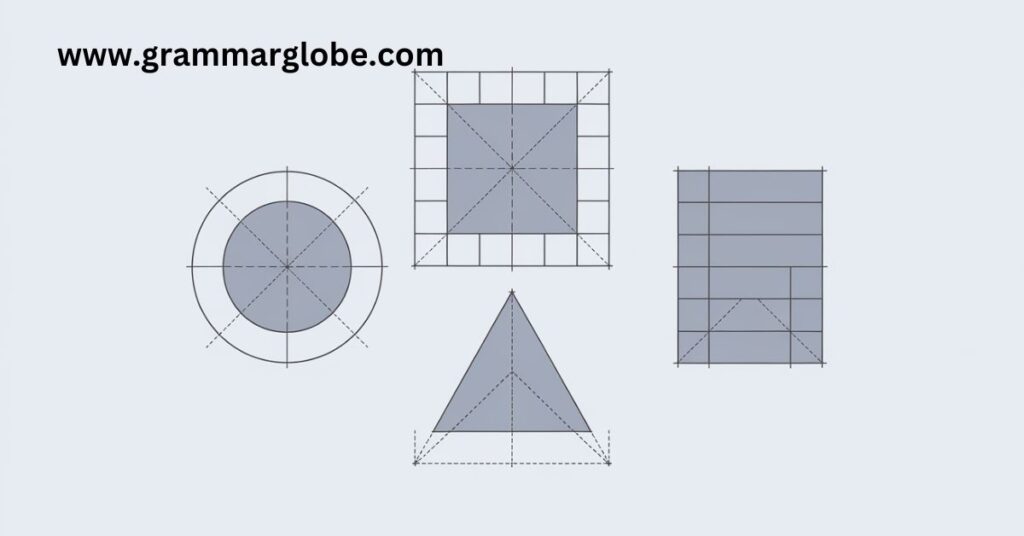
FAQs
What is the difference between 2D and 3D shapes?
2D shapes have only length and width, like a square or circle, while 3D shapes have depth, like a cube or sphere.
Why are shapes important in daily life?
Shapes provide structure, functionality, and aesthetics in everything from architecture to design and nature.
What are examples of 3D shapes in real life?
Examples include spheres (basketballs), cubes (dice), cylinders (cans), pyramids (monuments), and cones (ice cream cones).
How many types of shapes are there in geometry?
Geometry includes countless shapes, broadly divided into polygons (e.g., triangles) and curved shapes (e.g., circles) in 2D and solids (e.g., cubes) in 3D.
Where can I use the list-of-all-types-of-shapes?
It’s helpful in education, design, architecture, art, and for improving visual and spatial understanding in daily life.
Conclusion
Understanding the list-of-all-types-of-shapes helps us see how geometry shapes our world. From simple 2D forms like circles and squares to complex 3D structures like spheres and pyramids, every shape plays a role in design, art, and daily life. Knowing their names, properties, and uses enhances creativity and problem-solving in various fields.
This list-of-all-types-of-shapes also shows the practical side of geometry. Shapes give structure to buildings, beauty to designs, and function to objects we use every day. Learning about them is not only useful for professionals but also fun and educational for everyone. So next time you see a hexagonal tile or a cylindrical can, take a moment to appreciate the role of shapes in making life functional and visually pleasing.

Oliver Smith is an experienced blogger at Grammar Globe, Oliver Smith, an expert in English grammar and a master of wit, brings language to life with his playful take on puns. Through his works, he weaves humor into the rules of grammar, making learning fun and engaging for readers of all ages. Discover language with a smile!”

